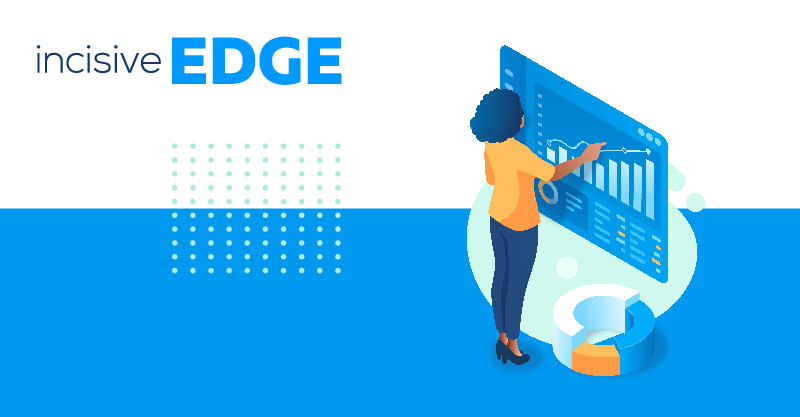Perhaps you are in the situation where you know how content marketing works but you want to know how to really maximise its value for your website.
The question is how much content will you need to produce to boost your lead generation efforts? How much do you need for your content marketing plan?
In this post, we look at the factors that influence how much content you should produce, as well as providing you with a formula to provide an approximate figure.
What is a content marketing plan?
A content marketing plan is a process you will take to produce the content you need that aligns with your content strategy, as well as distribute it to the right audience. It is important to start with the end in mind and think about what type of content you will create and who will consume it. You will want to have a documented content marketing strategy and pay close attention to your Google Analytics data to see what is working.
The content marketing plan will also help you to calculate how much time and resource you will need to create the content you need to increase your brand awareness and drive more leads to your sales funnel.
Factors that affect how much content you need to produce
There are several factors that will affect how much content you need to create for your content marketing plan. They include:
- - What stage your business is at in the lead generation cycle?
- - The number of leads you need to generate to increase your revenue.
- - The average length of content that drives your target audience to take action.
- - How much content does your audience already consume?
- - The type of content you will create.
Let's look at each of these in more detail to better understand how they will affect your content marketing strategy.
The first question to answer is where your business is in the lead generation cycle. There are four stages in the cycle:
- The Awareness stage: the point at which your target audience becomes aware of your business and the problems you solve through your product or service.
- The Consideration stage: when your target audience starts to consider which business to buy from.
- The Conversion stage: when your customers take action and become paying customers.
- The Retention stage: when your current customers stay loyal to your business and purchase from you again and again. The amount of content creation you will need to do will vary depending on which stage you are at in the sales cycle. Generally, the more aware your audience is of your business, the less content you need to produce. The opposite is true at the conversion stage, where you will need to create more content to get the same results. In either case, you will need to do a content audit to assess the quality of each blog post you have produced up until now.
The number of leads you need to generate to increase your revenue. The more leads you need to grow your business, the more content you need to create. If you want to generate more leads from your content marketing strategy, you will need to create more content that appeals to your target audience at the right time. If you have an existing website or blog, you may need to re-invest some of your profits into creating more content. However, content marketing is a long-term strategy, so you should try to budget for creating more content.
The average length of content that drives your target audience to take action. When you know when your audience is most likely to take action, you should create more content at that time. In most cases, the best time to create your content is when you have the highest likelihood of getting your target audience to take action. For example, the best time to create your videos is when the majority of your audience would be likely to watch them and share them.
The best time to create your blog posts and podcasts may vary depending on what your target audience is likely to read and listen to at a given time. You will want to curate your content marketing campaigns with this information at hand to make the most of your content marketing efforts.
How aggressively do you want to grow?
If you’re doing £250,000 this year, and you want to get to £300,000 next year, you might not need that many leads. But, if you’re doing £1,000,000 this year, and you want to get to £3,000,000 next year, you’re going to need a lot and that means having a large amount of targeted content to drive leads and revenue.
What other tactics are you using to fill your funnel at the Awareness stage and drive the number of leads that are needed to increase revenue?
If you want to grow aggressively, then you need a comprehensive inbound marketing approach that includes not just website content, but also blogging, email, video, ebooks, whitepapers, optimising for search engines, infographics and updates on social media sites, like Facebook, Twitter, LinkedIn and Google+.
How do you monitor and adjust your content while its running?
If you don’t track key metrics, then you won’t be able to see what is working and replicate it.
When you publish a blog, can you see how many page views it has had, how many people shared it and how many people linked to it? These metrics really give you a real flavour of what is working or not.
You need to track these content metrics on a daily, weekly and monthly basis. Your inbound and content marketing plan need to be able to shift to reflect your data findings.
Once you are tracking how your content is performing, you should then make a quarterly content plan where the sales and marketing team sit down to look at performance and build on what is working.
Develop the plan based on the knowledge, data and insights derived from the previous three months.
What results can you expect if you do this diligently?
Well, increases in website traffic, website conversion rates, leads, sales opportunities, reach from social media engagement and blog subscribers. All of these metrics inform your inbound marketing strategy and enable your content effort to improve monthly.
A formula for finding out how much content you need
So, the theory is all well and good, but what about concrete numbers?
Jay Baer from Convinceandconvert came up with the following ingenious formula to give a definitive answer to the question of how much content you need.
How many personas do you have?
Personas are the different customers likely to buy your product or services.
How many buying stages do you have in the buying funnel?
Generally, there are five buying stages in most industries, although this can be more complex for B2B, with the longer sales journey and multiple stakeholders.
How many questions will people ask at each stage?
This is heavily dependent on your industry. As a rule of thumb, there are less questions as you move through the funnel, with most at the beginning. Once you have some idea of the above figures, you can plug them in to the below formula.
Number of Personas X Number of Buying Stages X Number of Questions in Each Stage = Number of Questions You Need to Answer
So, as an example, 5 personas multiplied by 5 stages and by 5 questions at each stage equals 125 pieces of content.
With this handy formula the next step is to get writing your content marketing plan.
Back to you
Developing your own content marketing strategy might sound like a daunting task. Here at Incisive Edge, we have years of experience in the space with tested systems and processes for a successful content marketing strategy that will convert. Get in touch today to learn how our team of experts will help you create a content marketing campaign!







